Contexts
(Re)colonizing Tradition
A Pedestrian Guide to a "Traditional" City
Welcome to Bhaktapur
[1] The Tea Stall at Guhepukhu
[2] Nava Durga Chitra Mandir
[3] Khauma Square
[4] Tourist Motor Park
[5] Indrani Pitha
[6]Lasku Dhwakha Gate
[7]Char Dham
[8]Cafe de Temple
[9]Batsala Temple
[10] Batsala Temple
[11] City Hall
[12] The Procession Route
[13] Pujari Math
[14] The Peacock Restaurant
[15] Sewage Collection Ponds
[16] Bhairavanath Temple
|
Cadastral Religious Practices
The history of religions in South and Southeast Asia, as Mus interprets it, is a history in which this basic pattern and logic of indigenous Cadastral Religion is challenged, enriched and compromised and reasserted in new forms.
--Frank Reynolds 1981, 229 1956
|
Working from the oeuvre of Paul Mus, cadastral religious practices are a magical and pragmatic means by which lived territory is generated. "Cadastral" describes a survey showing boundaries and property lines, and pertains to "cadastre" a official register of ownership, extent and value of real property in a given areas which is used as a basis of taxation. By concentrating on cadastral practices Musıs scholarship poses an alternative to what he glosses as the Upanishadic interpretation of Hinduism that concentrates on salvatory philosophy, scripture, and caste.
  
|
Maps
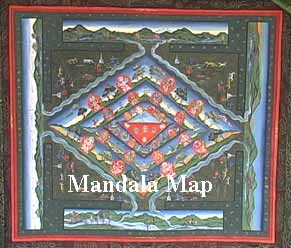
Mandala Map
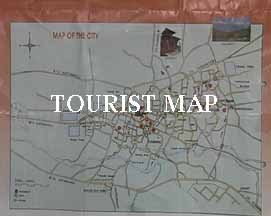
Tourist Map

Government
Map
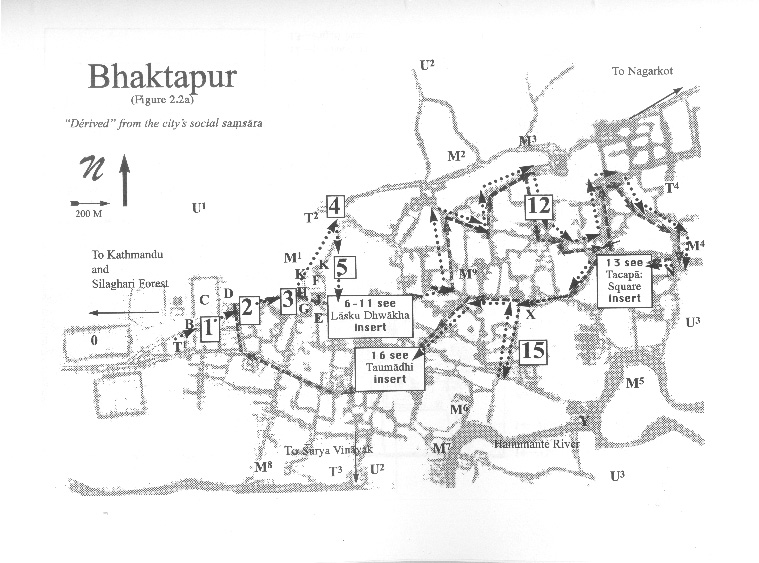
Pedestrian
Tour Map
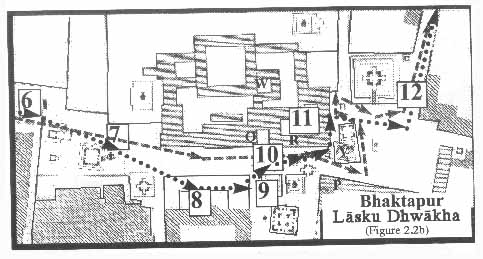
Bhaktapur
Durbar Square
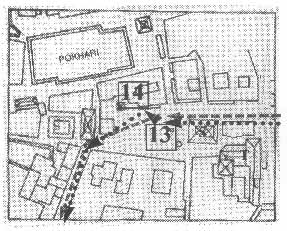
Tacapa Map
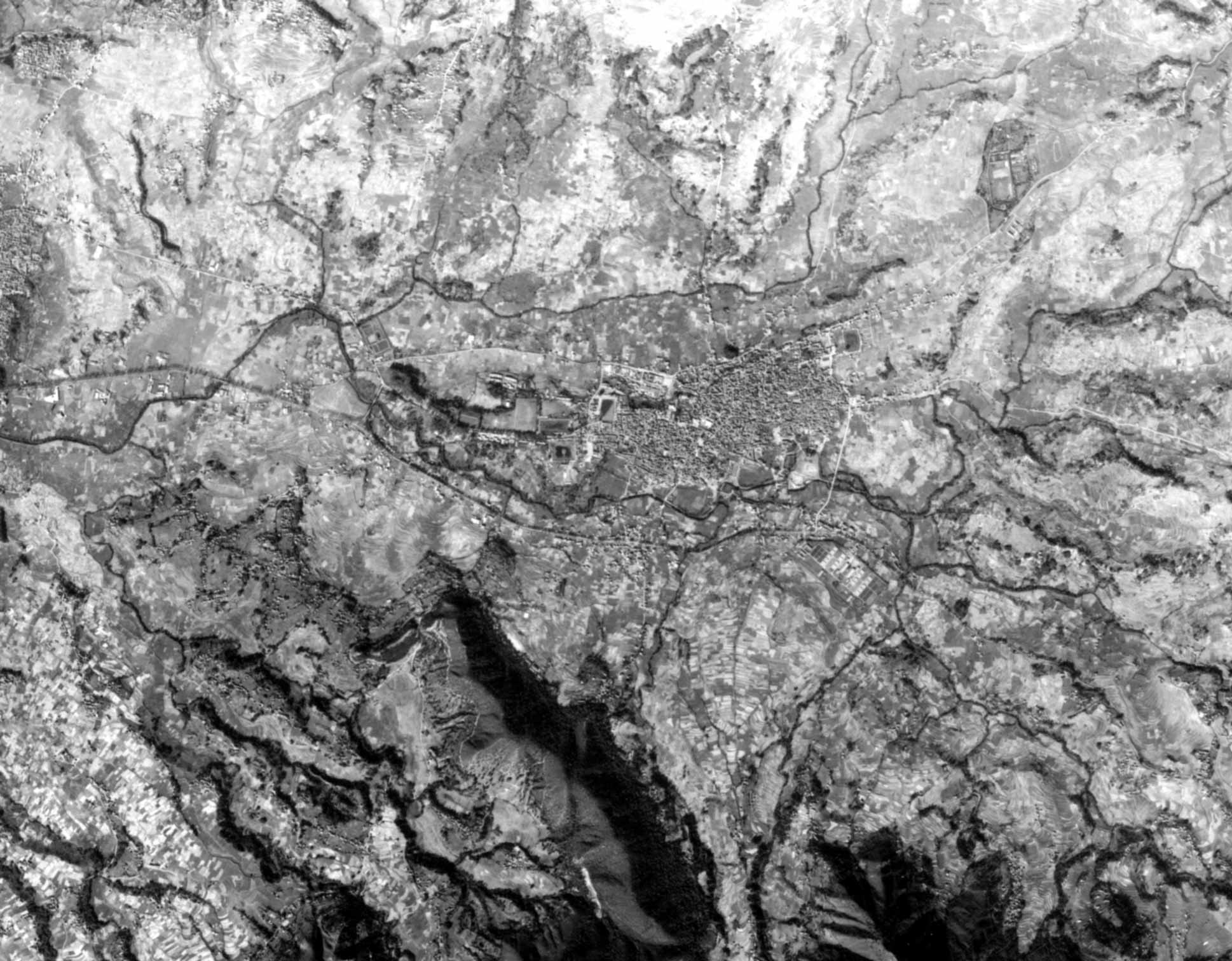
Satellite
Photograph
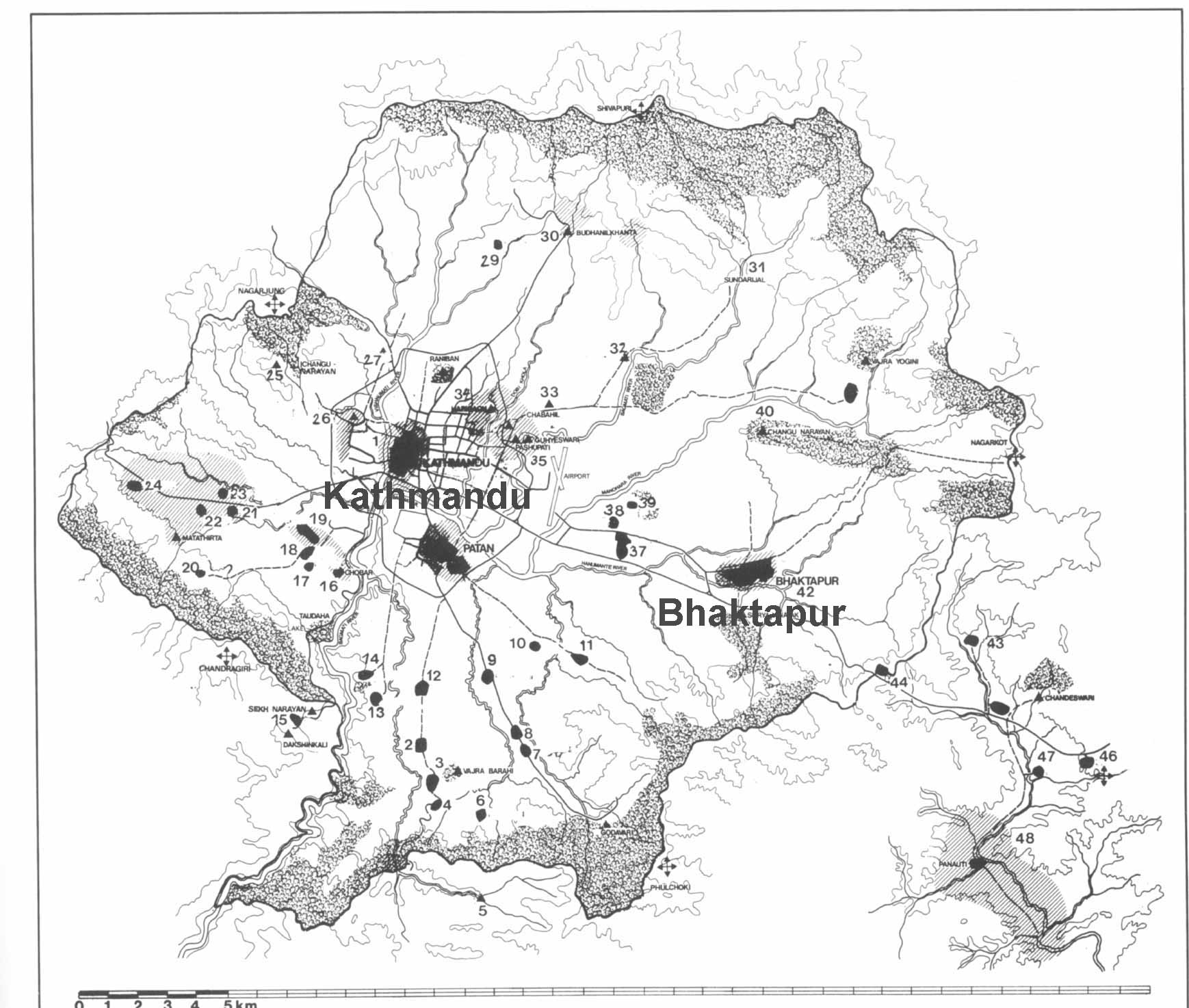
Kathmandu
Valley
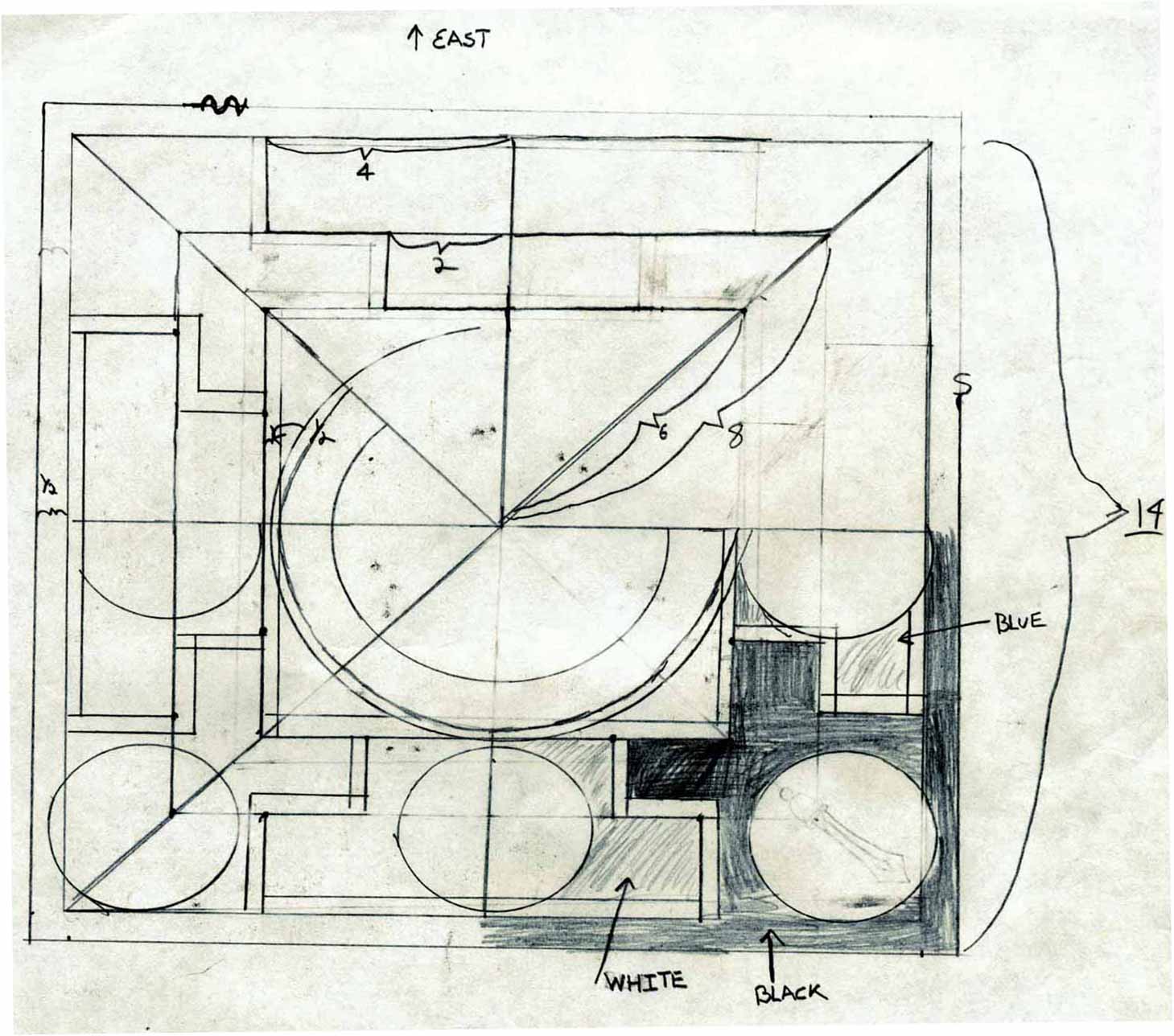
Goddesses
|